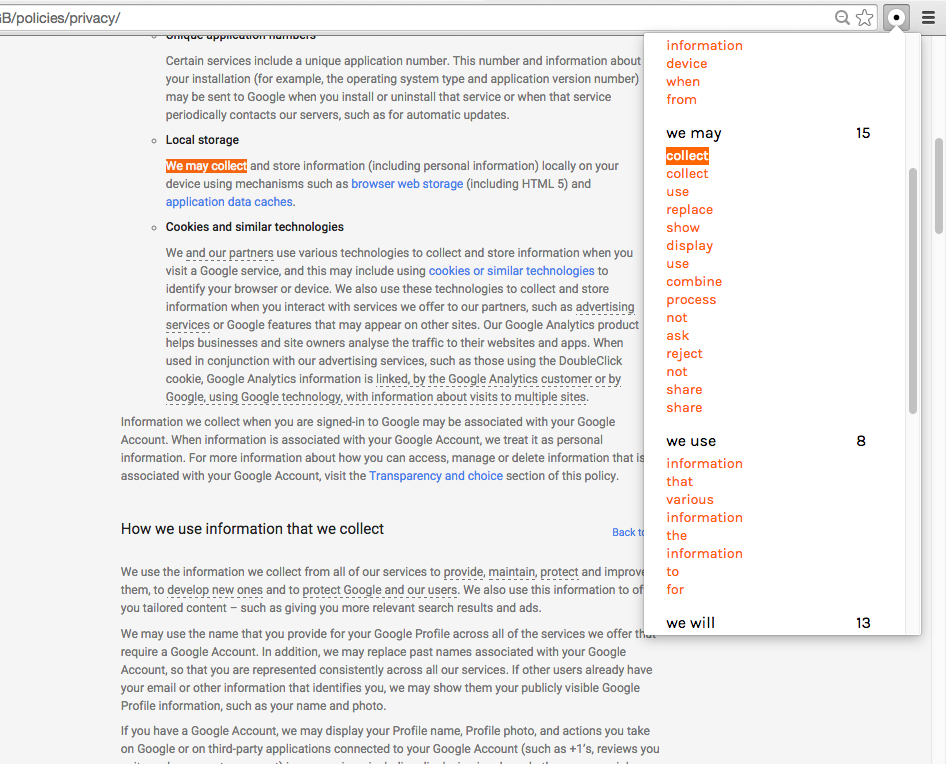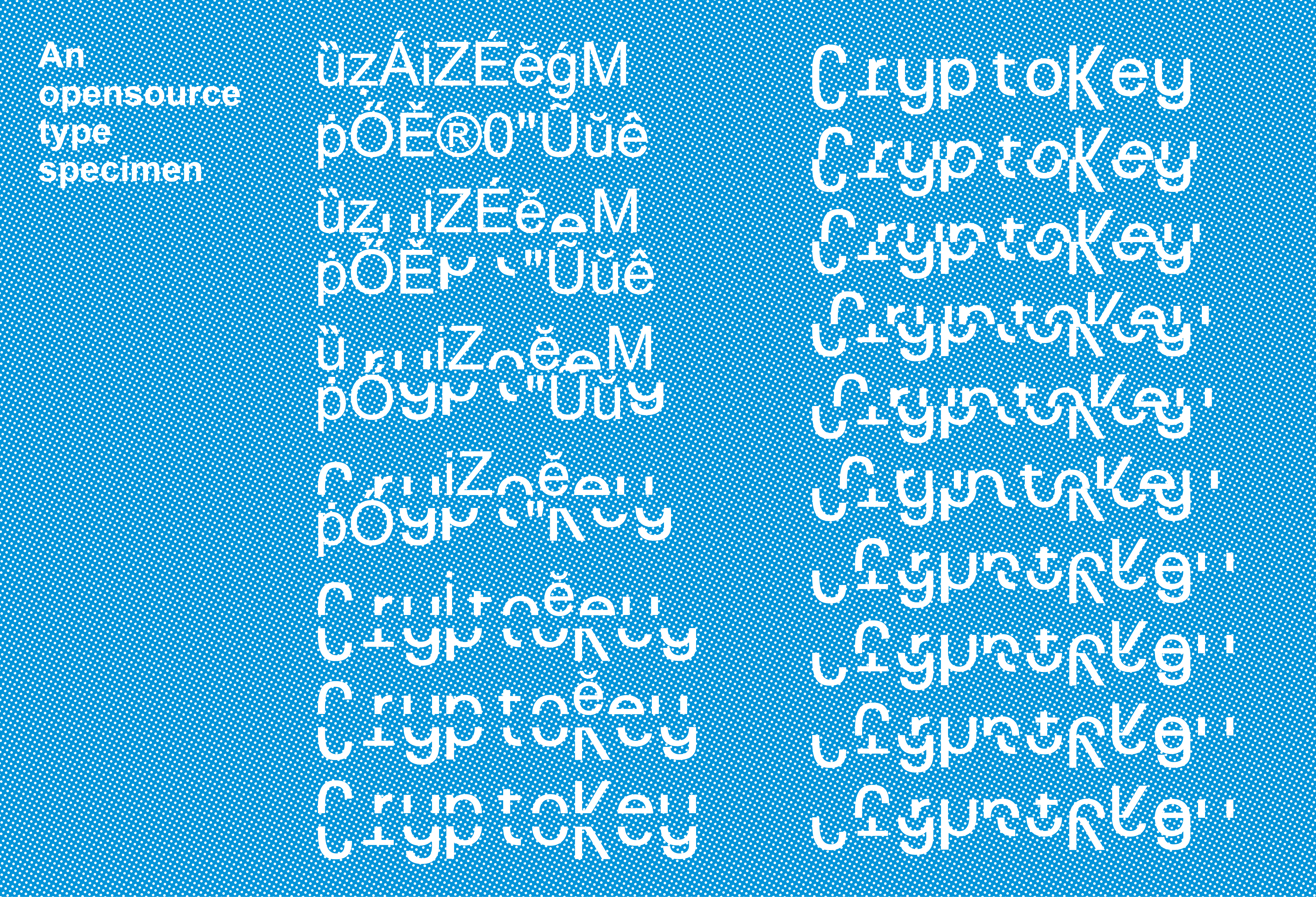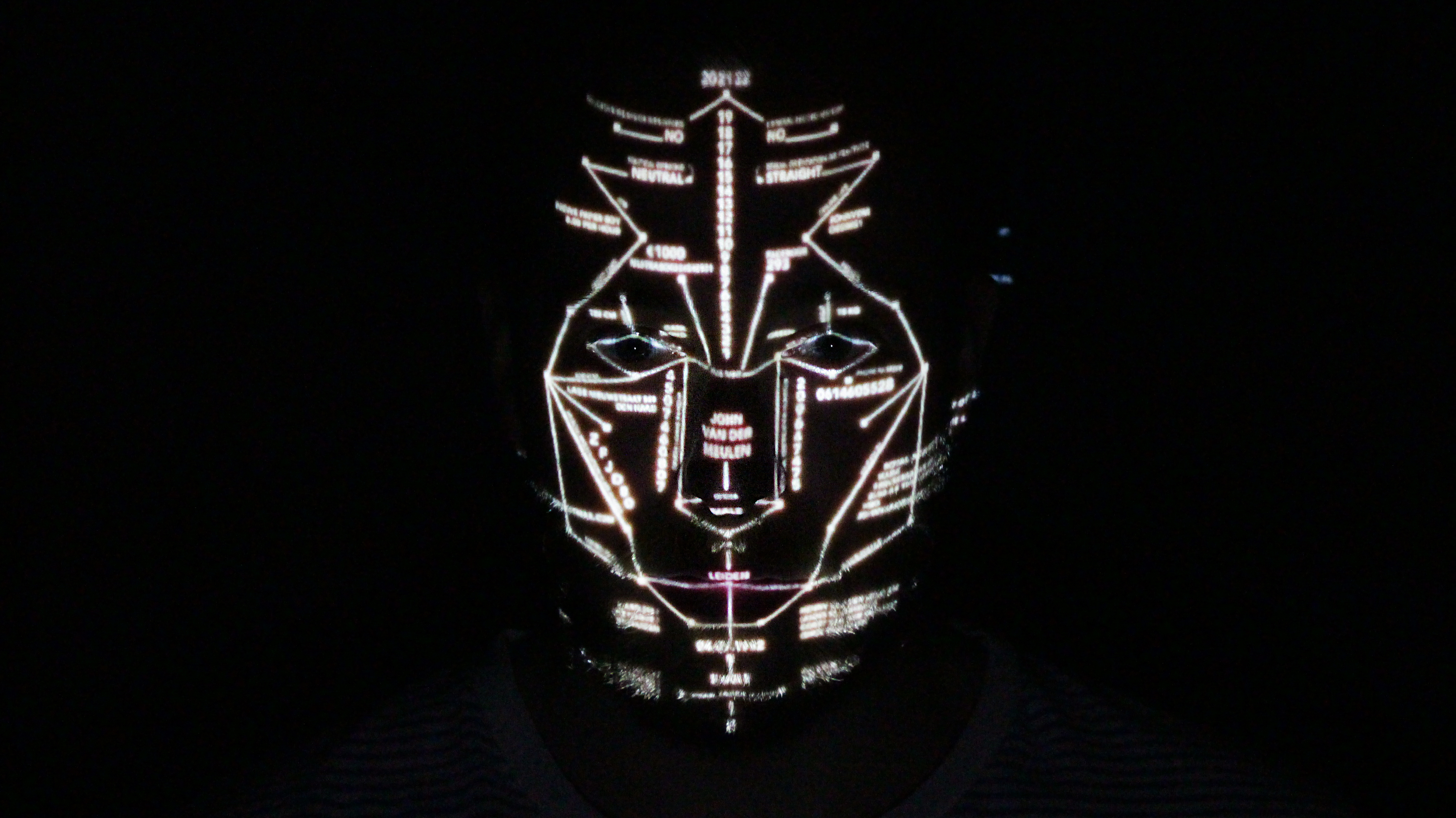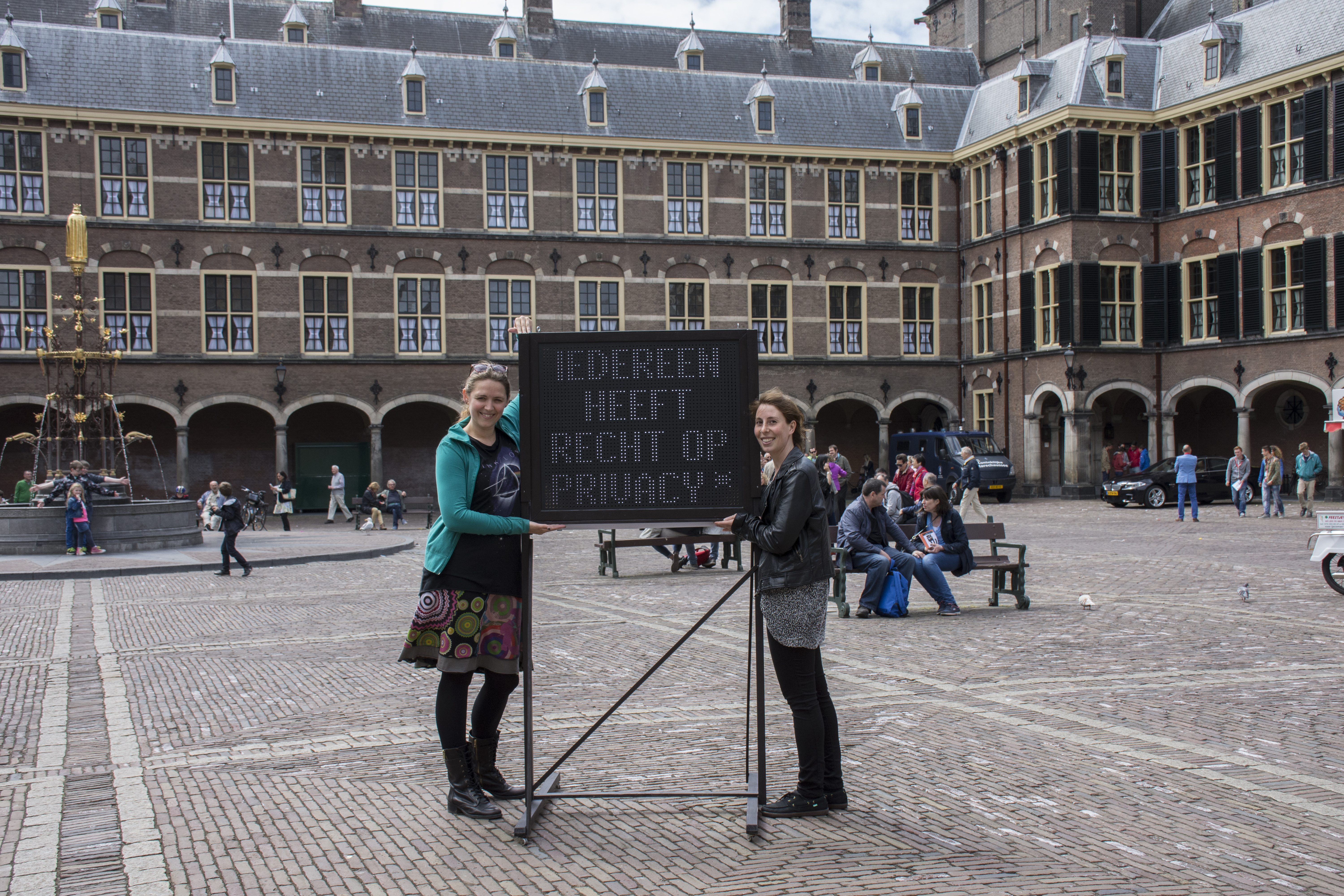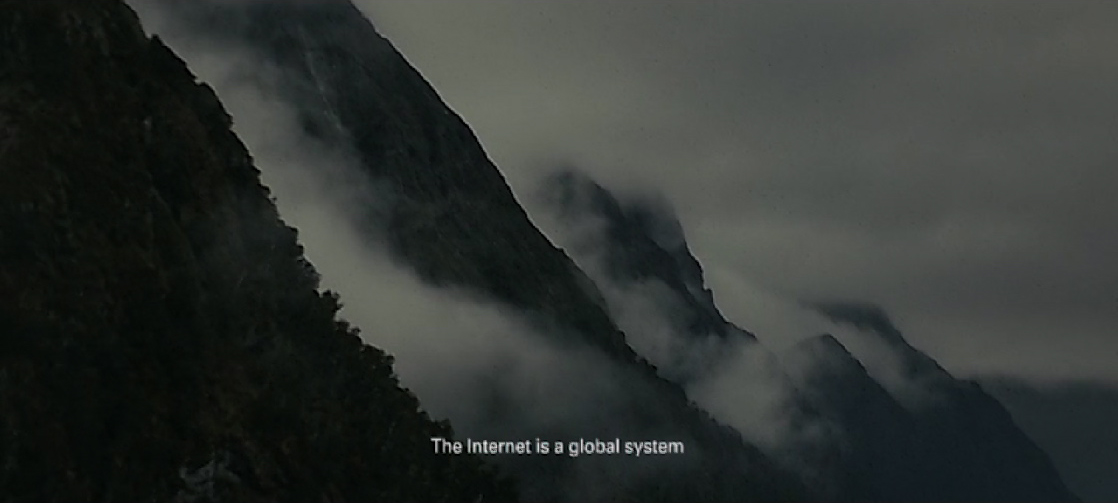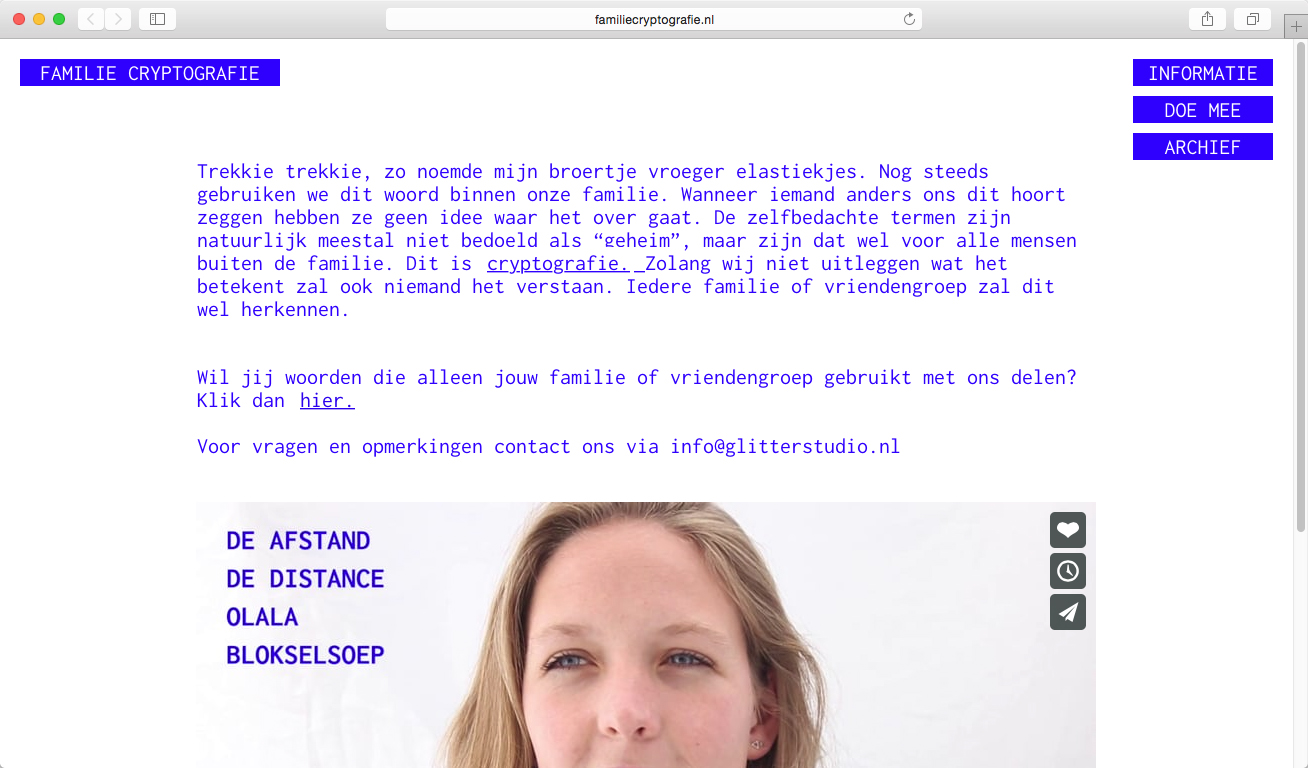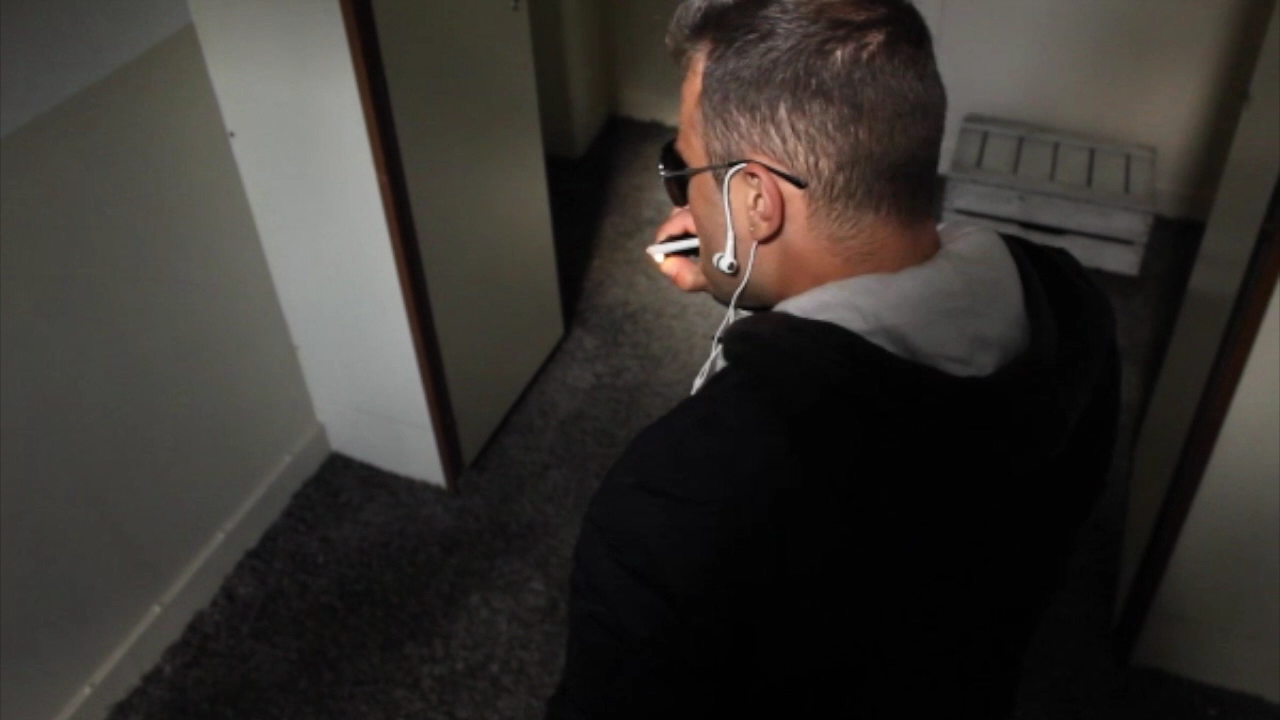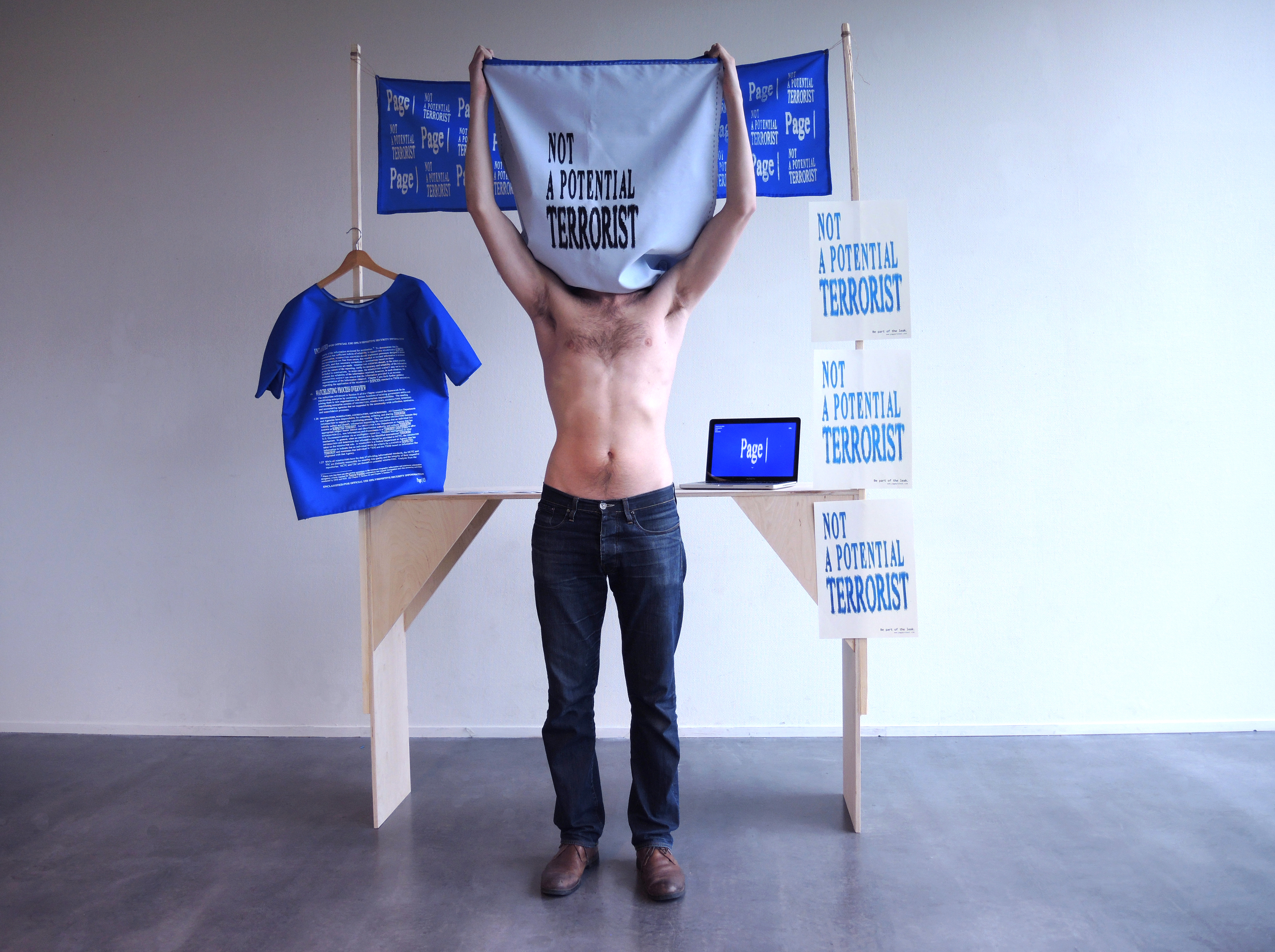10 designprojecten over cryptografie
In het kader van de Crypto Design Challenge gingen designstudenten van de KABK aan de slag met het thema cryptografie. (English below.)
Crypto Design Challenge
De Crypto Design Challenge is een open call van het Museum of the Image in Breda. Designstudenten van de Koninklijke Academie van Beeldende Kunsten gingen in een interdisciplinair onderzoek- en ontwerpseminar aan de slag met cryptografie. Ze werden begeleid door Niels Schrader (grafisch), Lauren Alexander (interactieve media), Thomas Buxó (typografie) en Maarten Cornel (filosofie). We hebben de leukste projecten voor je op een rij gezet. Met dank aan Niels en Lauren voor de projectbeschrijvingen.
The Crypto Design Challenge is an open call by the Museum of the Image in Breda. It was carried out at the Royal Academy of Art in The Hague as an interdisciplinary research and design course, tutored by Niels Schrader (Graphic Design), Lauren Alexander (Interactive Media), Thomas Buxó (Typography) and Maarten Cornel (Philosophy). Presented here are ten of the projects that made us smile. With a big thank you to Niels and Lauren for the project descriptions.
1. Vera van de Seyp
Conditions of Privacy
www.conditionsofprivacy.net
Conditions of Privacy is een browser plugin waarmee je snel de belangrijkste passages van de algemene voorwaarden van ‘gratis’ online diensten kunt lezen. De plugin verhoogt de leesbaarheid van de voorwaarden door de belangrijkste passages er voor je uit te pikken. De plugin is beschikbaar voor Chrome en kan worden gedownload van de website. De code kun je vinden op Github.
Conditions of Privacy is a browser extension that allows users to quickly read the terms and conditions of so-called ‘free’ web services by fast-forwarding to the most important passages. It improves the readability by highlighting the meaningful words in the text and presenting them together with their number of occurrences. The plug-in is available for Chrome and can be downloaded from the website. You can find the source code on Github.
2. Luc Eggenhuizen
CryptoKey
www.luceggenhuizen.com
CryptoKey is een cryptografisch font ontworpen om tekst te versleutelen. Elke letter van het font bestaat uit twee delen, een onder en een bovenkant. Om een letter te maken moet je dus tweemaal een teken aanslaan. Zo maak je bijvoorbeeld een “b” door “}” en “g” onder elkaar te schrijven. Het ontsleutelen van de boodschap is simpelweg een kwestie van de tekst omzetten naar het CryptoKey font en spelen met de grootte van je venster tot de boven- en onderkanten van de letters precies onder elkaar vallen en er een leesbare tekst ontstaat. Het font kan gratis worden gedownload van Eggenhuizen’s website.
CryptoKey is a cryptographic typeface designed for encoding and decoding texts. Every letter of the font consists of two parts, a top and a bottom part. To make one letter you’ll need to use two signs. For instance, you can create a “b” by writing “}” and “g” on two separate lines. If you’ve received an encrypted message, for instance in an e-mail, decrypting it is simply a question of converting the text to the CryptoKey font and playing around with the width of your screen until the top and bottom parts of the letters neatly fall into line and create a readable typeface. The CryptoKey font is freely available for download on Eggenhuizen’s website.
3. Naomi Naus
One Up
www.naominaus.nl
Met One Up kun je door middel van het Mikado spel wachtwoorden maken. Het idee komt voort uit het onderzoek van Naus naar daadwerkelijke en beleefde veiligheid. Ze kwam tot de conclusie dat de wachtwoorden die digitale tools voor je samenstellen uit ogenschijnlijk willekeurige tekens, wellicht gehackt kunnen worden omdat de tekens volgens een wiskundig principe bij elkaar zijn geraapt. Dit digitale proces heeft ze een analoog equivalent gegeven op basis van de Mikado-methode, met de toevoeging van speelse game-elementen.
One Up is a Mikado game that generates secure random passwords. Naus’s main focus of research was perceived and actual security of passwords. Her conclusion was that passwords created by digital password generators are potentially breakable since their supposedly random character sequence derives from actual mathematical formulas. Based on the existing Mikado-method, she has translated the password-generating process into an analog tool with playful game components.
4. Gábor Kerekes & Martijn de Heer
RA:IN
Gábor Kerekes en Martijn de Heer zijn naast kritische ontwerpers ook hartstochtelijke voorstanders van open source software. Voor het RA:IN project onderzochten ze de mogelijkheid om zelf een web server op te zetten waarop ze een digitale omgeving konden bouwen waar de data in handen blijft van de gebruiker. Toen ze hun eigen Raspberry Pi cloud storage opzetten, kwamen ze erachter dat de kennis over dit onderwerp zeer versnipperd is. Om het anderen makkelijker te maken hetzelfde te doen, stelden ze zelf een catalogus samen met gebruiks- en installatiehandleidingen.
Gábor Kerekes and Martijn de Heer are critical designers and passionate advocates of open source software. For their RA:IN project they researched the possibilities of setting up their own web server in order to build a digital environment where data remains the exclusive property of the user. When setting up their own Raspberry Pi-based cloud storage they came to realize that the common knowledge around this subject was generally unstructured and scattered over many websites. Frustrated, they set out to collect the relevant information, write, edit and develop a catalog of user manuals and installation guidelines which will hopefully help others to do the same.
5. Christina Yarashevich $ Janne van Hooff
Dattoo
www.vimeo.com/130519047
Voor Dattoo onderzochten Yarashevich en Van Hooff de mechanismes van gezichtsherkenning en ontwikkelden ze het concept van een digitaal masker dat anonimiteit garandeert door te troebleren. Dankzij Dattoo kunnen gebruikers zich weren tegen biometrische analyse tools door hun identiteit te verhullen achter de gigantische hoeveelheden data die over ze verzameld wordt. Check de trailer!
In their project, Christina Yarashevich and Janne van Hooff explored the mechanisms of facial recognition and developed the concept for a digital mask that allows for anonymity through obfuscation. In times of massive biometric tracking, Dattoo allows users to secure their identity behind massive amounts of personal data. Check out the Dattoo trailer and learn more about how to disappear into your own data.
6. Joëlle Erkamp & Caroline Langendoen
If You Have Nothing to Hide…
www.vimeo.com/134617720
Langendoen en Erkamp ontwierpen mobiele billboards die geheime boodschappen verspreiden. Door het op elkaar plaatsen van twee houtplaten met boorgaten in verschillende patronen ontstaat een soort moiré effect. De mobiele billboards waren tijdelijk te zien op verschillende plekken in Den Haag, waaronder het Binnenhof.
Langendoen and Erkamp created mobile billboards, which reveal hidden messages as the viewer walks past them. By superimposing two plates of wood with different hole patterns, the two design students managed to create a moiré effect. The billboards on wheels were temporarily displayed in public spaces of The Hague, including the notable Binnenhof (office of the Prime Minister of the Netherlands).
7. Anna Neva
Paradise Lost
www.vimeo.com/129116696
In Paradise Lost probeert Neva de complexiteit van het concept privacy te simplificeren door een vergelijking te trekken tussen het internet en een natuurlijk ecosysteem. Daarbij maakt ze gebruik van een sprookjesachtige beeldtaal. In de korte film worden bos scenes uit grote Hollywood films voorzien van ondertiteling waarin wordt gereflecteerd op hedendaagse, digitale thema’s zoals online surveillance en censuur. Ondanks de sinistere en donkere sfeer eindigt de film op een hoopvolle noot.
Paradise Lost is a video that compares the Internet to a natural ecosystem with the purpose of translating the complex topic of privacy into a simple, fairytale-like language. In the short film forest scenes of blockbuster movies are juxtaposed with subtitles commenting on contemporary, digital issues like online surveillance and censorship. Despite its extremely dark and sinister mood, the movie ends with the hope that change is possible.
8. Caitlin Berner & Jana Blom
Familie cryptografie
www.familiecryptografie.nl
Familie cryptografie is een online woordenboek voor familiale slang. Berner en Blom zetten een mobiele kraam op en trokken door Nederland om mensen te interviewen. Zo verzamelden ze uiteenlopende idiomen. Mensen worden uitgenodigd hun eigen cryptografische familiale woorden te uploaden–de website is een groeiend archief.
Familie Cryptografie (Family Cryptography) is an online dictionary that presents different examples of family slang. To set up their archive, Berner and Blom created a portable booth, which they transported to different interview locations in the Netherlands in order to bring together as many different idioms as possible. Since their website is a growing archive, people are invited to enter their own cryptographic family words.
9. Sanne Kloppenburg
Een bakkie met Borie
www.vimeo.com/134723698
In de documentaire Een bakkie met Borie onderzoekt Kloppenburg het bargoens en codetaal die drugsdealers in de Amsterdamse scene gebruiken om met elkaar te communiceren. Hoewel cryptografie veelal benaderd wordt vanuit een wetenschappelijk perspectief, presenteert Kloppenburg een vorm van straat-cryptografie waarin woorden alleen betekenis krijgen voor zij die “in de drugs zitten”. Bekijk de korte film op Vimeo via bovenstaande link.
In Een bakkie met Borie Kloppenburg explores the code and cryptic slang narcotics dealers in the Amsterdam drug traffic scene use to communicate. Although cryptography is usually considered to be a mainly scientific topic, Kloppenburg manages to uncover a form of street-wise cryptography in which words carry linguistic meaning only for those immersed in drug culture and sales procedures. Watch the short film on Vimeo.
10. Zineb Benassarou & Jorick de Quaasteniet
The Watchlisting Guidance Protest
www.pageprotest.com
Benassarou en De Quaasteniet gingen op zoek naar een manier om de Watchlisting Guidance onder de aandacht te brengen. De Watchlisting Guidance bevat de richtlijnen van de Amerikaanse overheid om potentiële terroristen te identificeren. Hun onderzoek resulteerde in een bewustzijnscampagne/protestkledij met een knipoog naar Edward Snowdens magic mantle of power.
Benassarou’s and De Quaasteniet’s project attempts to spread the content of the Watchlisting Guidance, the US government guidelines for designating individuals as terrorist group members. The result of their research is an awareness campaign/piece of protest gear with an ironic reference to Edward Snowden’s magic mantle of power
